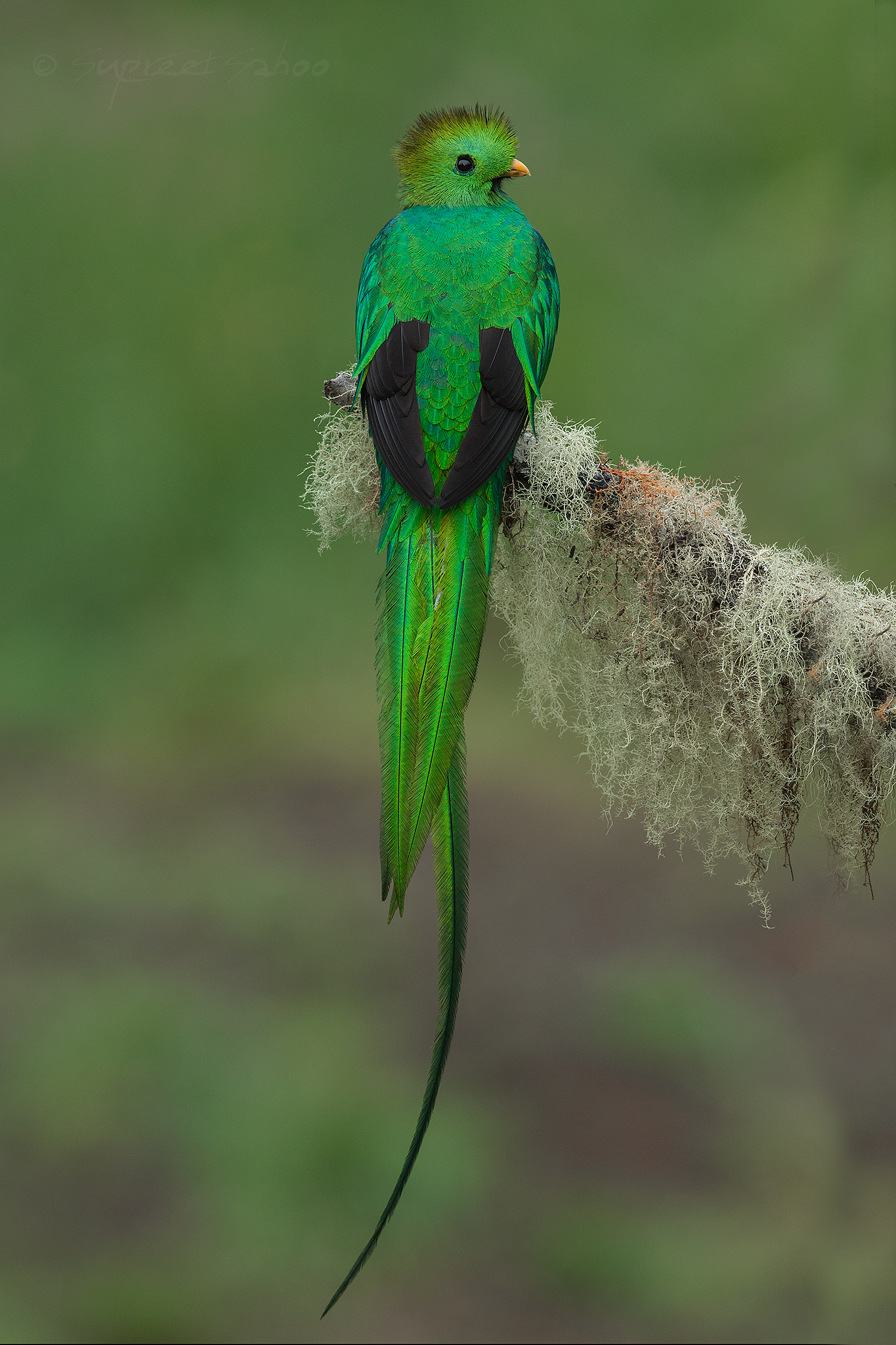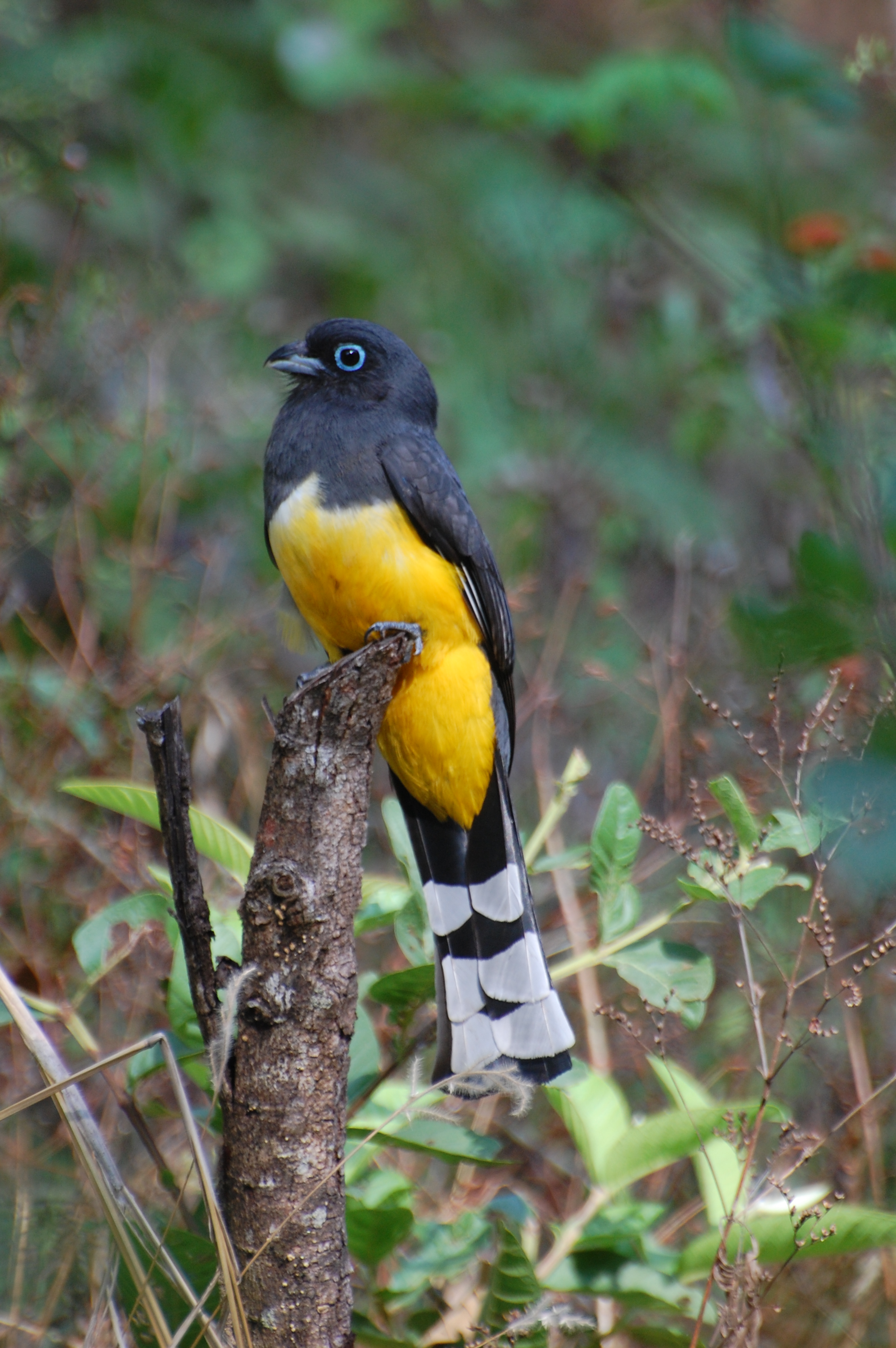|
List Of Trogoniformes By Population
This is a list of Trogoniformes species by global population. While numbers are estimates, they have been made by the experts in their fields. For more information on how these estimates were ascertained, see Wikipedia's articles on population biology and population ecology. This list is not comprehensive, as not all Trogoniformes have had their numbers quantified. Species by global population See also *Lists of birds by population *Lists of organisms by population References {{Birds by population Biology-related lists, Birds Lists of birds by population, Trogoniformes ... [...More Info...] [...Related Items...] OR: [Wikipedia] [Google] [Baidu] |
Trogoniformes
The trogons and quetzals are birds in the order Trogoniformes which contains only one family, the Trogonidae. The family Trogonidae contains 46 species in seven genera. The fossil record of the trogons dates back 49 million years to the Early Eocene. They might constitute a member of the basal radiation of the order Coraciiformes and order Passeriformes or be closely related to mousebirds and owls. The word ''trogon'' is Greek for "nibbling" and refers to the fact that these birds gnaw holes in trees to make their nests. Trogons are residents of tropical forests worldwide. The greatest diversity is in the Neotropics, where four genera, containing 24 species, occur. The genus '' Apaloderma'' contains the three African species. The genera ''Harpactes'' and '' Apalharpactes'', containing twelve species, are found in southeast Asia. They feed on insects and fruit, and their broad bills and weak legs reflect their diet and arboreal habits. Although their flight is fast, they are ... [...More Info...] [...Related Items...] OR: [Wikipedia] [Google] [Baidu] |
Resplendent Quetzal
The resplendent quetzal (''Pharomachrus mocinno'') is a small bird found in southern Mexico and Central America, with two recognized subspecies, ''P. m. mocinno'' and ''P. m. costaricensis''. These animals live in tropical forests, particularly montane cloud forests and they are part of the family Trogonidae. Like other quetzals, the resplendent is omnivorous; its diet mainly consists of fruits of plants in the laurel family, Lauraceae, but it occasionally also preys on insects, lizards, frogs and snails. The species is well known for its colorful and complex plumage that differs substantially between sexes. Males have iridescent green plumes, a red lower breast and belly, black innerwings and a white undertail, whilst females are duller and have a shorter tail. Grey lower breasts, bellies, and bills, along with bronze-green heads are characteristic of females. These birds hollow holes in decaying trees or use ones already made by woodpeckers as a nest site. They are known to ... [...More Info...] [...Related Items...] OR: [Wikipedia] [Google] [Baidu] |
Trogon Rufus Amazonian Black-throated Trogon (male); Manacapuru, Amazonas, Brazil
The trogons and quetzals are birds in the order Trogoniformes which contains only one family, the Trogonidae. The family Trogonidae contains 46 species in seven genera. The fossil record of the trogons dates back 49 million years to the Early Eocene. They might constitute a member of the basal radiation of the order Coraciiformes and order Passeriformes or be closely related to mousebirds and owls. The word ''trogon'' is Greek for "nibbling" and refers to the fact that these birds gnaw holes in trees to make their nests. Trogons are residents of tropical forests worldwide. The greatest diversity is in the Neotropics, where four genera, containing 24 species, occur. The genus ''Apaloderma'' contains the three African species. The genera ''Harpactes'' and ''Apalharpactes'', containing twelve species, are found in southeast Asia. They feed on insects and fruit, and their broad bills and weak legs reflect their diet and arboreal habits. Although their flight is fast, they are ... [...More Info...] [...Related Items...] OR: [Wikipedia] [Google] [Baidu] |
Amazonian Black-throated Trogon
The Amazonian black-throated trogon (''Trogon rufus'') is a bird in the trogon family, Trogonidae. Although it is also called "yellow-bellied trogon" it is not the only trogon with a yellow belly. It breeds in lowlands of Amazonia. Taxonomy The Amazonian black-throated trogon was formally described in 1788 by the German naturalist Johann Friedrich Gmelin in his revised and expanded edition of Carl Linnaeus's ''Systema Naturae''. He placed it with the other trogons in the genus '' Trogon'' and coined the binomial name ''Trogon rufus''. Gmelin based his description on the "Couroucou à queue rousse de Cayenne" that had been described and illustrated in 1779 by the French polymath Comte de Buffon in his ''Histoire Naturelle des Oiseaux ''. Buffon's specimen was a female with brown upperparts that had been collected in Cayenne. The specific epithet ''rufus'' is Latin for "red" or "ruddy". Three subspecies are recognised: * ''T. r. rufus'' Gmelin, JF, 1788 – east Venezuela, the ... [...More Info...] [...Related Items...] OR: [Wikipedia] [Google] [Baidu] |
Mountain Trogon (Trogon Mexicanus) Male (5783771564)
The mountain trogon (''Trogon mexicanus''), also known as the Mexican trogon, is a species of bird in the family Trogonidae. First described by William John Swainson in 1827, it is resident in Guatemala, Honduras, and Mexico and has occurred in El Salvador as a vagrant. Like all trogons, the mountain trogon is sexually dimorphic. The male is metallic green on the crown, nape, upperparts and chest, the latter separated from its bright red belly and vent by a narrow band of white. The female is warm brown on the head, upperparts and chest, separated from its paler brown lower chest and red belly and vent by a narrow white band. Its natural habitat is subtropical and tropical moist montane forests. It prefers pine-evergreen and pine-oak woodland between in elevation. Unlike some rarer trogons, this species shows some adaptability to human land use and has utilized coffee plantations with suitable shade trees like oaks. Taxonomy When he first described the mountain trogon in 1827 f ... [...More Info...] [...Related Items...] OR: [Wikipedia] [Google] [Baidu] |
Mountain Trogon
The mountain trogon (''Trogon mexicanus''), also known as the Mexican trogon, is a species of bird in the family Trogonidae. First described by William John Swainson in 1827, it is resident in Guatemala, Honduras, and Mexico and has occurred in El Salvador as a vagrant. Like all trogons, the mountain trogon is sexually dimorphic. The male is metallic green on the crown, nape, upperparts and chest, the latter separated from its bright red belly and vent by a narrow band of white. The female is warm brown on the head, upperparts and chest, separated from its paler brown lower chest and red belly and vent by a narrow white band. Its natural habitat is subtropical and tropical moist montane forests. It prefers pine-evergreen and pine-oak woodland between in elevation. Unlike some rarer trogons, this species shows some adaptability to human land use and has utilized coffee plantations with suitable shade trees like oaks. Taxonomy When he first described the mountain trogon in 1827 fr ... [...More Info...] [...Related Items...] OR: [Wikipedia] [Google] [Baidu] |
Citreoline Trogon
The citreoline trogon (''Trogon citreolus'') is a species of bird in the family Trogonidae. It is endemic to western Mexico, with an estimated distribution size of 539,000 km2 Due to this very large range, the IUCN consider it a species of Least Concern and that the current population trend is stable. T. citreolus has also been studied as an Ecosystem engineer. Much of our knowledge about this species comes from the work of Alexander Skutch. Habitat Its natural habitats are arid or semi-arid woodland habitats, low coastal jungle, thorny brushland, thorn-forest, mangroves and plantations. This species build nests in cavities in arboreal termitaria (termite nests built in trees). It is thought that this nesting technique provides a critical role in creating necessary cavities for many organisms in tropical dry forests. Reproduction ''Trogon citreolus'' reproduces between May and August, nesting in arboreal termite nests, in relatively sheltered vegetation, with 2-4 eggs ... [...More Info...] [...Related Items...] OR: [Wikipedia] [Google] [Baidu] |
Golden-headed Quetzal(Pharomachrus Auriceps) (20523385529)
The golden-headed quetzal or corequenque (''Pharomachrus auriceps'') is a strikingly coloured bird in the genus '' Pharomachrus''; it is also referred to as ''Trogon auriceps''. It is found in moist mid-elevation forests from eastern Panama to northern Bolivia. The golden-headed quetzal is known for its iridescent green colour, which it shares with other quetzals, and its distinctive golden head. The female of the species is less brightly coloured, displaying more brown tones than the male. The golden-headed quetzal's diet consists mainly of fruit, and occasionally insects. It is generally a solitary and quiet bird unless it is breeding season, when the male and female become a monogamous pair and create a cavity nest in an old tree. During breeding season both sexes share brooding and feeding duties for 25–30 days until the chick is ready to fledge. The golden-headed quetzal is fairly common and considered a species of least concern. Taxonomy The golden-headed quetzal, also ... [...More Info...] [...Related Items...] OR: [Wikipedia] [Google] [Baidu] |
Golden-headed Quetzal
The golden-headed quetzal or corequenque (''Pharomachrus auriceps'') is a strikingly coloured bird in the genus ''Pharomachrus''; it is also referred to as ''Trogon auriceps''. It is found in moist mid-elevation forests from eastern Panama to northern Bolivia. The golden-headed quetzal is known for its iridescent green colour, which it shares with other quetzals, and its distinctive golden head. The female of the species is less brightly coloured, displaying more brown tones than the male. The golden-headed quetzal's diet consists mainly of fruit, and occasionally insects. It is generally a solitary and quiet bird unless it is breeding season, when the male and female become a monogamous pair and create a cavity nest in an old tree. During breeding season both sexes share brooding and feeding duties for 25–30 days until the chick is ready to fledge. The golden-headed quetzal is fairly common and considered a species of least concern. Taxonomy The golden-headed quetzal, also k ... [...More Info...] [...Related Items...] OR: [Wikipedia] [Google] [Baidu] |
Black-headed Trogon
The black-headed trogon (''Trogon melanocephalus'') is a species of bird in the family Trogonidae. It is found in Belize, Costa Rica, El Salvador, Guatemala, Honduras, Mexico, and Nicaragua. Taxonomy and systematics The black-headed trogon is treated as monotypic by the International Ornithological Committee and BirdLife International's Handbook of the Birds of the World.HBW and BirdLife International (2022) Handbook of the Birds of the World and BirdLife International digital checklist of the birds of the world. Version 7. Available at: http://datazone.birdlife.org/userfiles/file/Species/Taxonomy/HBW-BirdLife_Checklist_v7_Dec22.zip retrieved 13 December 2022 However, the Clements taxonomy assigns it two subspecies, the nominate ''T. m. melanocephalus'' and ''T. m. illaetabilis''.Clements, J. F., T. S. Schulenberg, M. J. Iliff, T. A. Fredericks, J. A. Gerbracht, D. Lepage, S. M. Billerman, B. L. Sullivan, and C. L. Wood. 2022. The eBird/Clements checklist of birds of the world ... [...More Info...] [...Related Items...] OR: [Wikipedia] [Google] [Baidu] |
Black-headed Trogon
The black-headed trogon (''Trogon melanocephalus'') is a species of bird in the family Trogonidae. It is found in Belize, Costa Rica, El Salvador, Guatemala, Honduras, Mexico, and Nicaragua. Taxonomy and systematics The black-headed trogon is treated as monotypic by the International Ornithological Committee and BirdLife International's Handbook of the Birds of the World.HBW and BirdLife International (2022) Handbook of the Birds of the World and BirdLife International digital checklist of the birds of the world. Version 7. Available at: http://datazone.birdlife.org/userfiles/file/Species/Taxonomy/HBW-BirdLife_Checklist_v7_Dec22.zip retrieved 13 December 2022 However, the Clements taxonomy assigns it two subspecies, the nominate ''T. m. melanocephalus'' and ''T. m. illaetabilis''.Clements, J. F., T. S. Schulenberg, M. J. Iliff, T. A. Fredericks, J. A. Gerbracht, D. Lepage, S. M. Billerman, B. L. Sullivan, and C. L. Wood. 2022. The eBird/Clements checklist of birds of the world ... [...More Info...] [...Related Items...] OR: [Wikipedia] [Google] [Baidu] |




.jpg)
